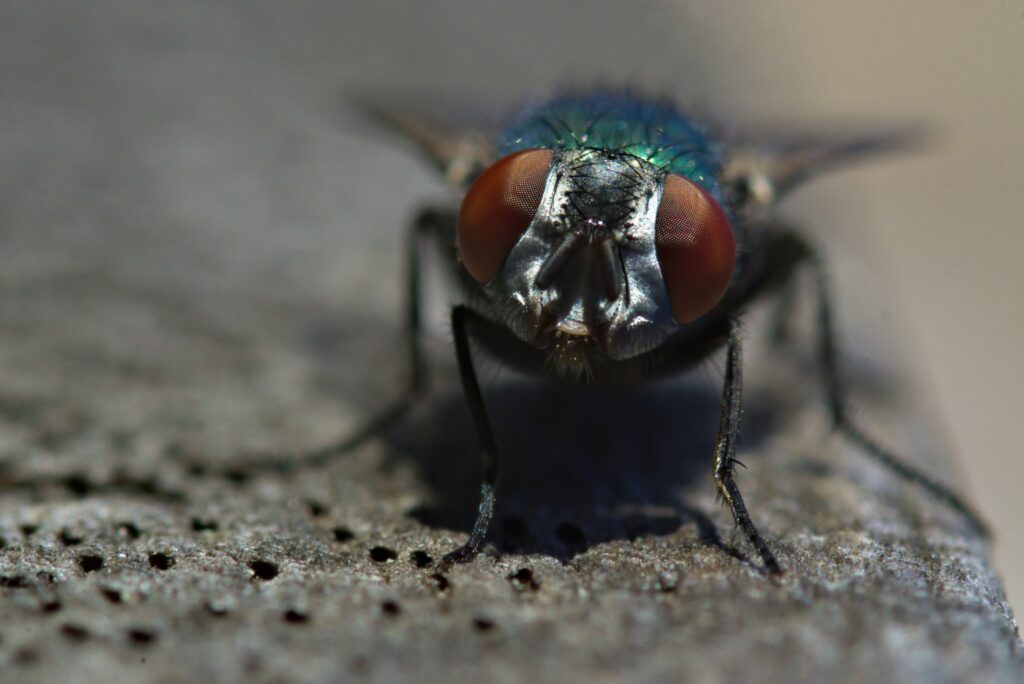In the fascinating world of entomology, insects continually surprise us with their remarkable adaptations and abilities. Among these, perhaps one of the most intriguing is the capacity of certain insects to detect, navigate by, and even generate magnetic fields. These biological magnetism capabilities represent an extraordinary evolutionary development that helps these tiny creatures survive and thrive in their environments. From honeybees using Earth’s magnetic field for navigation to magnetotactic bacteria incorporating magnetic particles into their bodies, the relationship between insects and magnetism opens up an astonishing window into the sophisticated sensory world of these small but complex organisms. This article explores the various ways some insects interact with magnetic fields, the mechanisms behind these abilities, and what we can learn from these remarkable adaptations.
The Basics of Biomagnetism in Insects

Biomagnetism refers to the phenomenon where living organisms can detect or generate magnetic fields. In insects, this ability has evolved primarily as a navigational aid, helping them migrate over long distances, locate food sources, or find their way back to their nests. The magnetic sense in insects, called magnetoreception, allows them to detect the Earth’s magnetic field and use it as a compass or map. Some insects go beyond merely sensing external magnetic fields and can actually produce their own magnetic fields through various biological mechanisms. This remarkable capability often involves specialized cells or tissues containing magnetic materials such as magnetite, a naturally occurring mineral form of iron oxide that responds to magnetic fields.
Magnetotactic Bacteria: The Simplest Magnetic Organisms
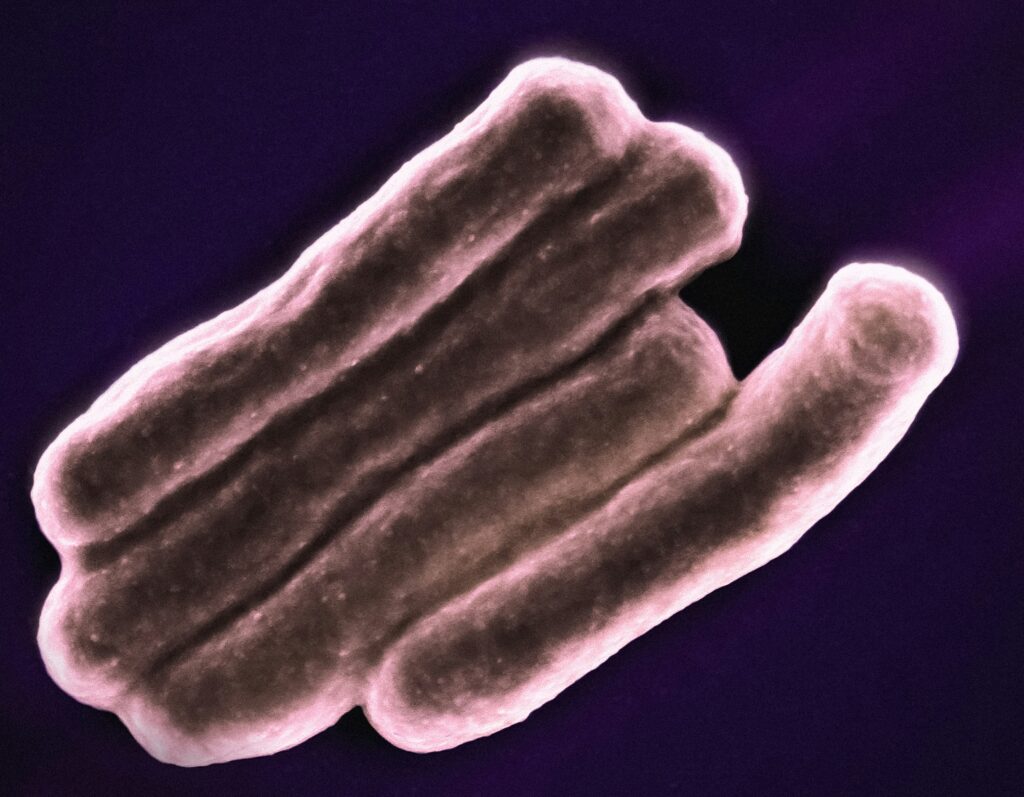
While not insects themselves, magnetotactic bacteria represent the simplest organisms capable of generating magnetic fields and provide a fundamental understanding of how biomagnetism works in more complex creatures. These bacteria contain magnetosomes, membrane-bound crystals of magnetite or greigite (iron sulfide) arranged in chains within their cells. These chains act like tiny compass needles, orienting the bacteria along the Earth’s magnetic field lines. This orientation helps the bacteria navigate to their preferred microenvironments, typically areas with specific oxygen concentrations. The process by which these bacteria form perfectly shaped magnetic crystals within their bodies has fascinated scientists for decades and offers insights into how more complex insects might develop similar capabilities through evolutionary processes.
Honeybees and Their Magnetic Abilities
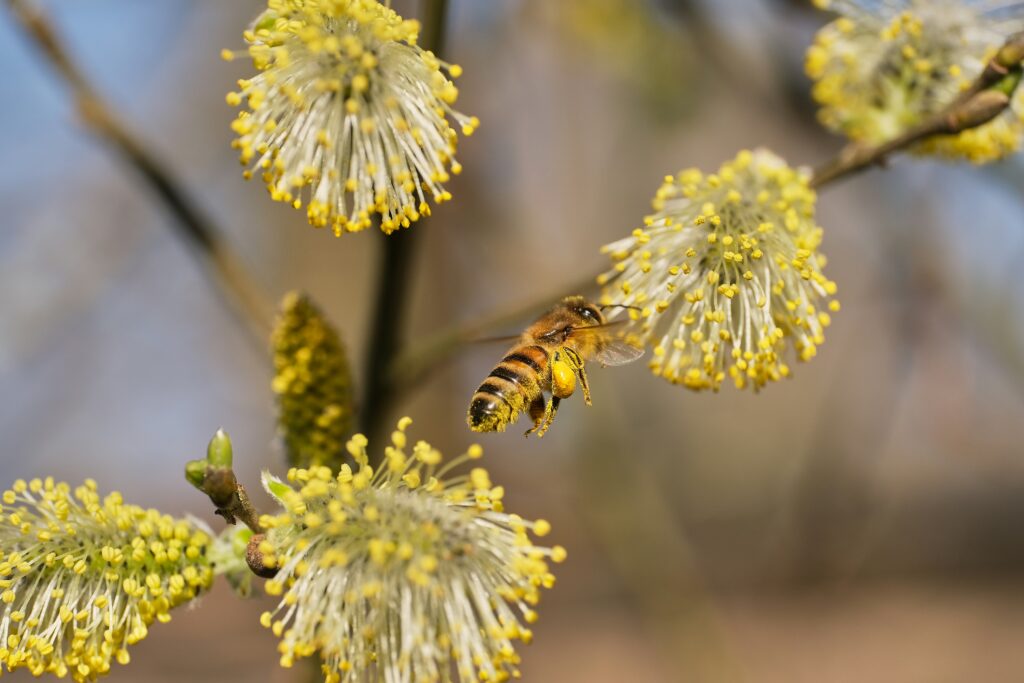
Honeybees stand out as one of the most well-studied insects with magnetic capabilities. Research has shown that these social insects possess magnetite particles in their abdomens, which help them sense the Earth’s magnetic field. This magnetic sense aids honeybees in their famous waggle dance communication, where they inform hivemates about the location of food sources. Experiments placing honeybees in artificial magnetic fields have demonstrated disorientation in their dance patterns, confirming the role of magnetism in their navigational system. Beyond navigation, honeybees also use their magnetic sensitivity to build structurally sound honeycombs aligned with magnetic field lines, showcasing how deeply this sense is integrated into their behaviors and survival strategies.
Monarch Butterfly Migration and Magnetism

The spectacular migration of Monarch butterflies across North America has long puzzled scientists with its precision and reliability across generations. Research has revealed that Monarchs use a combination of navigational tools, including a magnetic compass sense. These butterflies possess magnetite particles in their antennae, allowing them to detect magnetic field directions. Unlike some other insects, Monarchs combine this magnetic sense with a time-compensated sun compass and visual landmarks to navigate their incredible 3,000-mile journey. When researchers experimentally disrupted the Earth’s magnetic field around Monarchs, they observed significant disorientation, particularly on cloudy days when solar cues were unavailable. This multi-sensory approach to navigation highlights the sophistication of insect sensory systems and their evolutionary adaptations to environmental challenges.
Ants: Tiny Creatures with Powerful Magnetic Senses
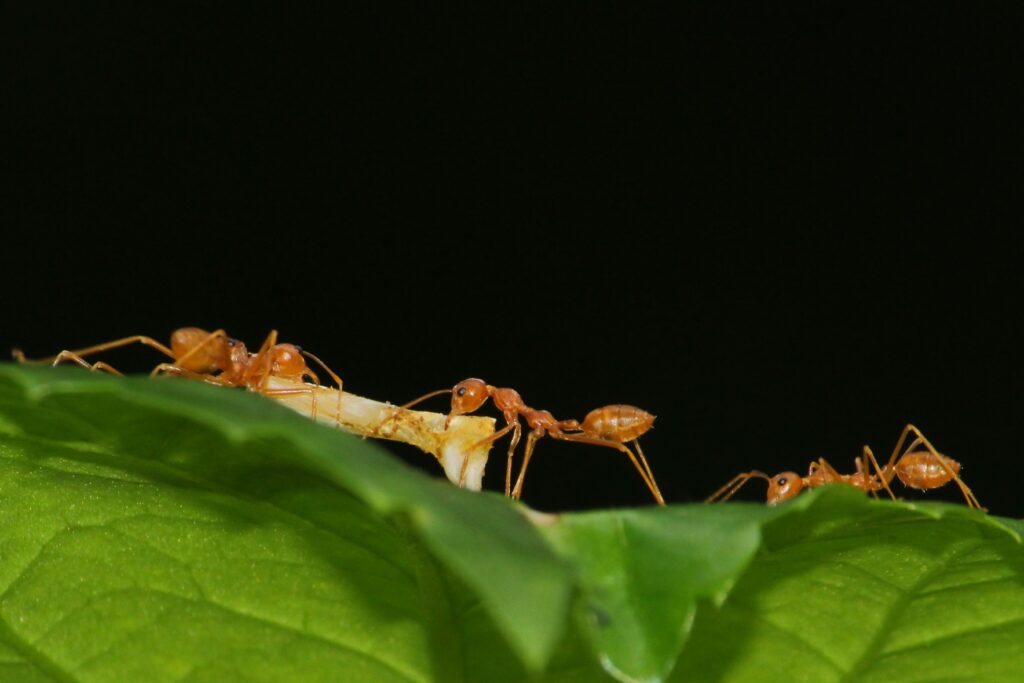
Various ant species demonstrate remarkable magnetic sensitivities that help them navigate complex environments. Desert ants, particularly from the genus Cataglyphis, use magnetic fields as one component of their sophisticated navigation system when foraging far from their nests in featureless terrain. Scientists have identified magnetite particles in the antennae and heads of several ant species, providing the physical basis for their magnetic sensing abilities. Some ant species even align their nests according to the Earth’s magnetic field, with tunnels often running parallel to magnetic field lines. This magnetic alignment may provide advantages in temperature regulation, communication, or defensive positioning, showcasing how deeply magnetic detection can influence insect behavior and survival strategies.
The Role of Cryptochrome Proteins in Insect Magnetoreception
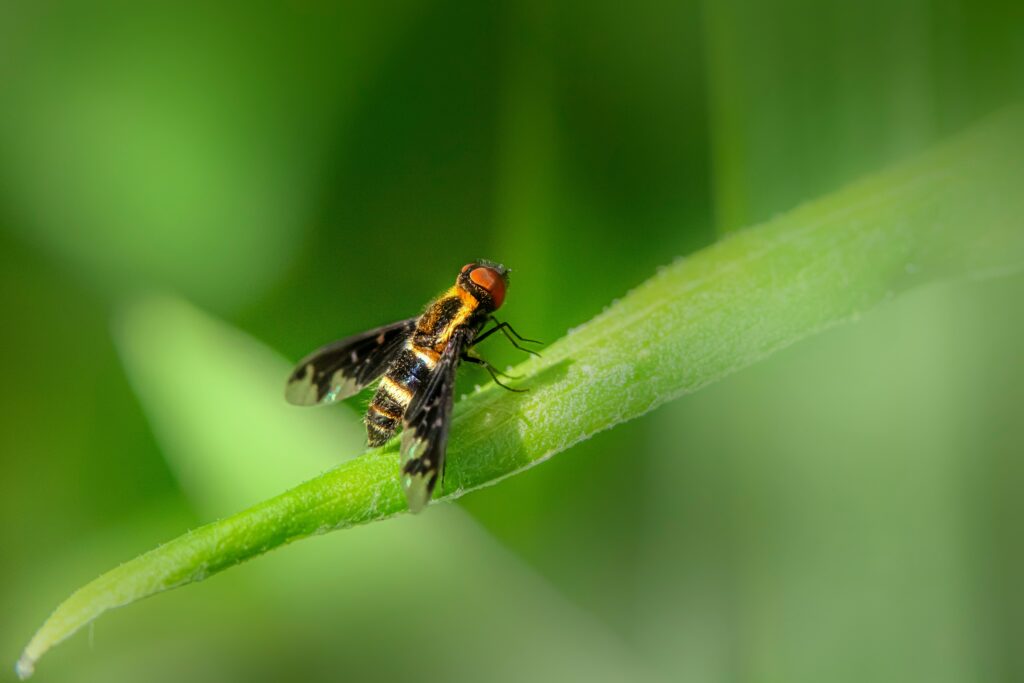
Beyond magnetite-based mechanisms, another pathway for magnetic sensing in insects involves cryptochrome proteins, which are sensitive to blue light. When activated by light, these proteins form radical pairs — molecules with unpaired electrons whose biochemical reactions are influenced by magnetic fields. Cryptochromes have been identified in the eyes and central nervous systems of insects like fruit flies and butterflies, potentially forming the basis of a light-dependent magnetic compass. This cryptochrome-based system is particularly interesting because it could explain how insects perceive both the direction and inclination of magnetic field lines. Laboratory experiments disrupting either cryptochrome expression or exposing insects to specific wavelengths of light have demonstrated corresponding disruptions in magnetic orientation abilities, providing strong evidence for this mechanism.
Termites and Their Magnetic Building Techniques

Termite mounds represent some of the most impressive architectural achievements in the insect world, and magnetic sensitivity plays a surprising role in their construction. Research has shown that termites align their mounds along the north-south axis in relation to the Earth’s magnetic field, particularly in species building tall, thin structures. This magnetic alignment helps regulate temperature within the mound, with the narrow profile catching morning and evening sun while minimizing exposure to the harsh midday heat. Termites can detect slight changes in magnetic fields, allowing them to coordinate their building activities even in complete darkness deep within their colonies. Experiments with artificial magnetic fields have demonstrated that disrupting the Earth’s natural magnetic field causes disorientation and abnormalities in termite building patterns, confirming the importance of this sense to their architectural prowess.
Cockroaches: Unexpected Magnetic Navigators
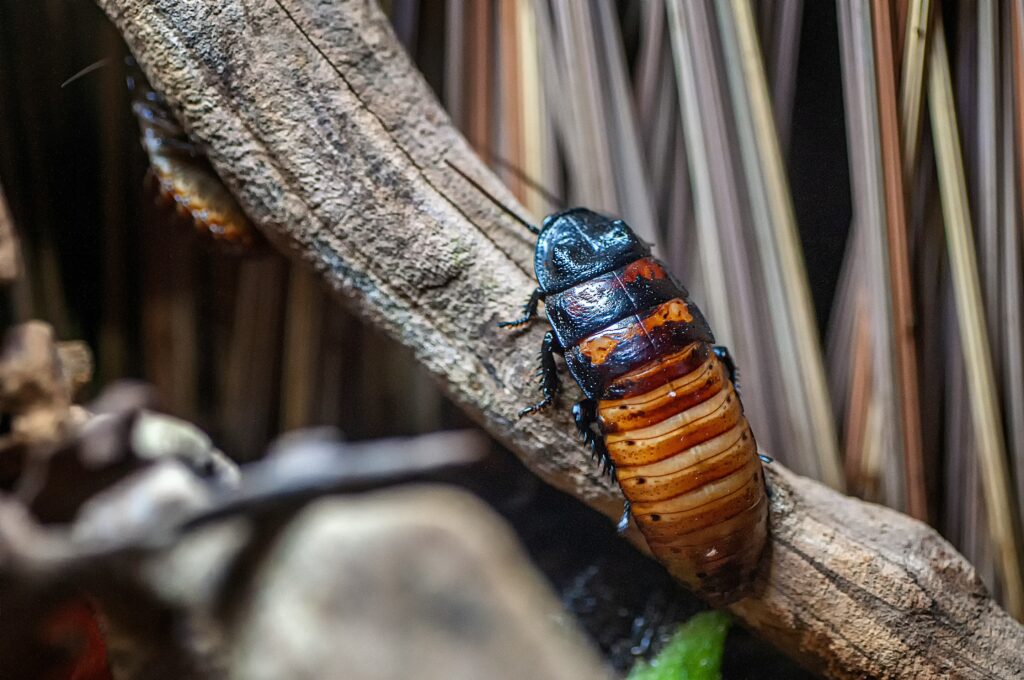
Cockroaches, notorious for their survival abilities, also possess magnetic sensing capabilities that contribute to their navigation skills. Studies have shown that American cockroaches (Periplaneta americana) can detect magnetic fields and use them as orientation cues, particularly in low-light conditions. These insects contain magnetic particles distributed throughout their bodies, with notable concentrations in their antennae and central nervous systems. When experimentally exposed to altered magnetic fields, cockroaches show distinct changes in their movement patterns and directional preferences. This magnetic sensitivity may explain part of cockroaches’ legendary ability to quickly locate hiding places and navigate complex environments, even in total darkness or when other sensory information is limited.
The Physics Behind Insect Magnetic Field Generation
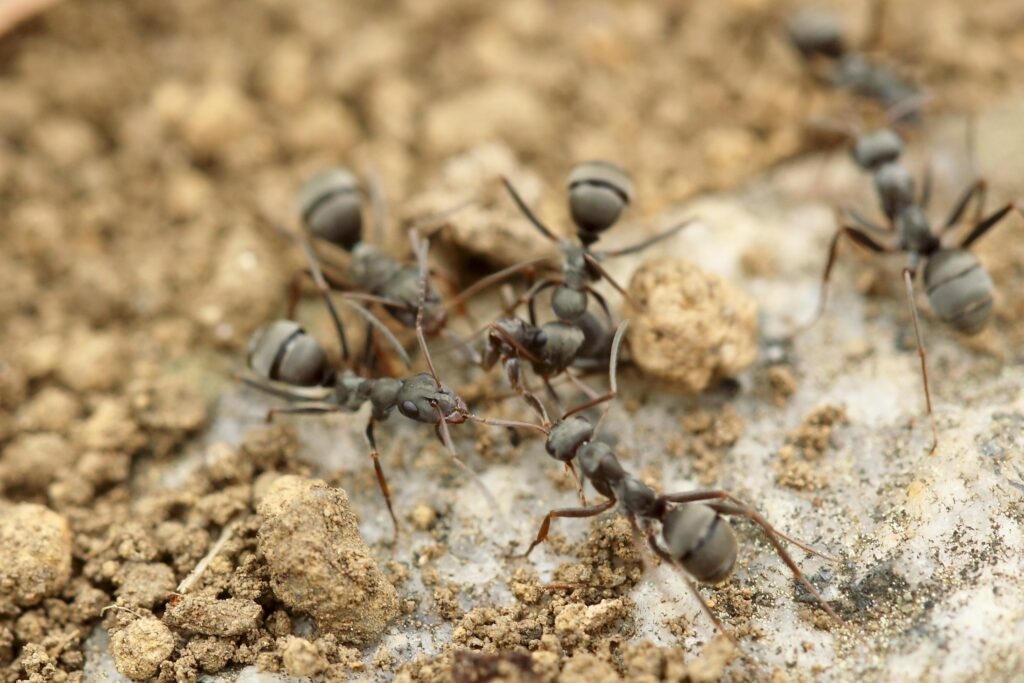
The ability of some insects to not just detect but actually generate magnetic fields involves fascinating biophysical mechanisms. One primary method involves the controlled arrangement of magnetite particles in specialized tissues to create a biological electromagnet. Some insects can manipulate iron compounds in their bodies through bioelectrical processes that generate small but measurable magnetic fields. These fields can be modulated by the insect’s nervous system, potentially serving communication or defense purposes beyond navigation. The physical principles behind these biological magnets are similar to those in man-made electromagnets, where electric currents create magnetic fields, but insects achieve this with remarkable efficiency and at microscopic scales using organic structures and minimal energy input.
Evolutionary Advantages of Magnetic Field Generation
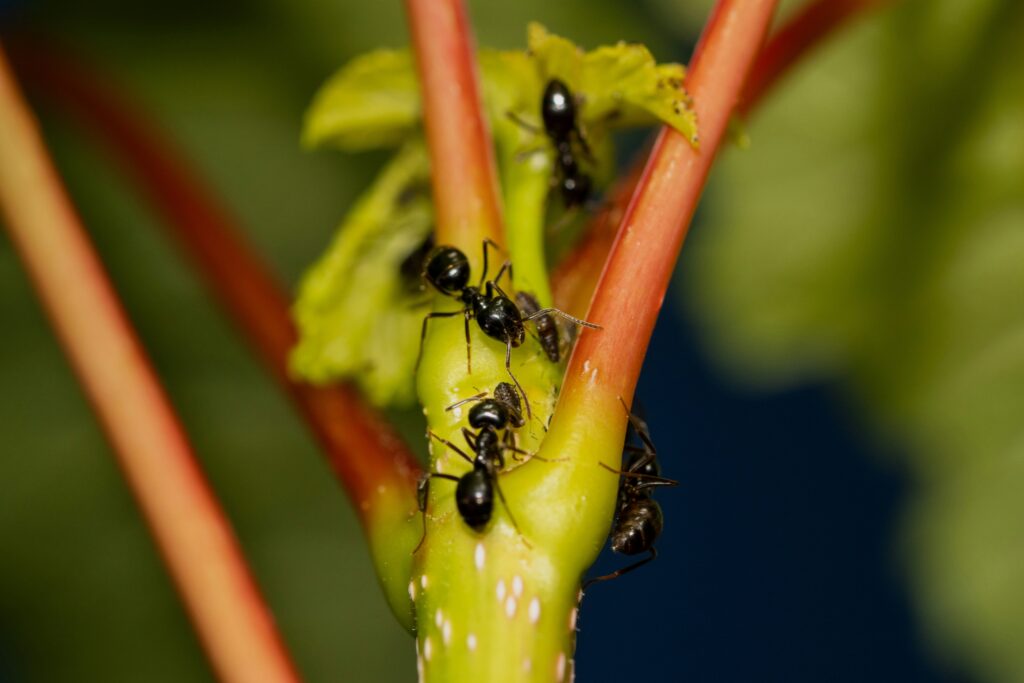
The ability to generate magnetic fields provides several evolutionary advantages to the insects possessing this rare capability. For social insects, magnetic field generation may serve as a form of intra-colony communication, allowing information transfer through substrate or air without relying on chemical, visual, or acoustic signals that predators might detect. Some parasitic insects may use generated magnetic fields to disrupt the navigation of host species or to locate hosts that themselves possess magnetic materials. Magnetic field generation could also provide defense mechanisms against predators sensitive to magnetic fields, effectively creating a form of sensory jamming. The energy investment required to evolve and maintain magnetic field generation suggests that these advantages provide significant survival or reproductive benefits that outweigh the metabolic costs.
Measuring Insect Magnetic Fields: Scientific Challenges
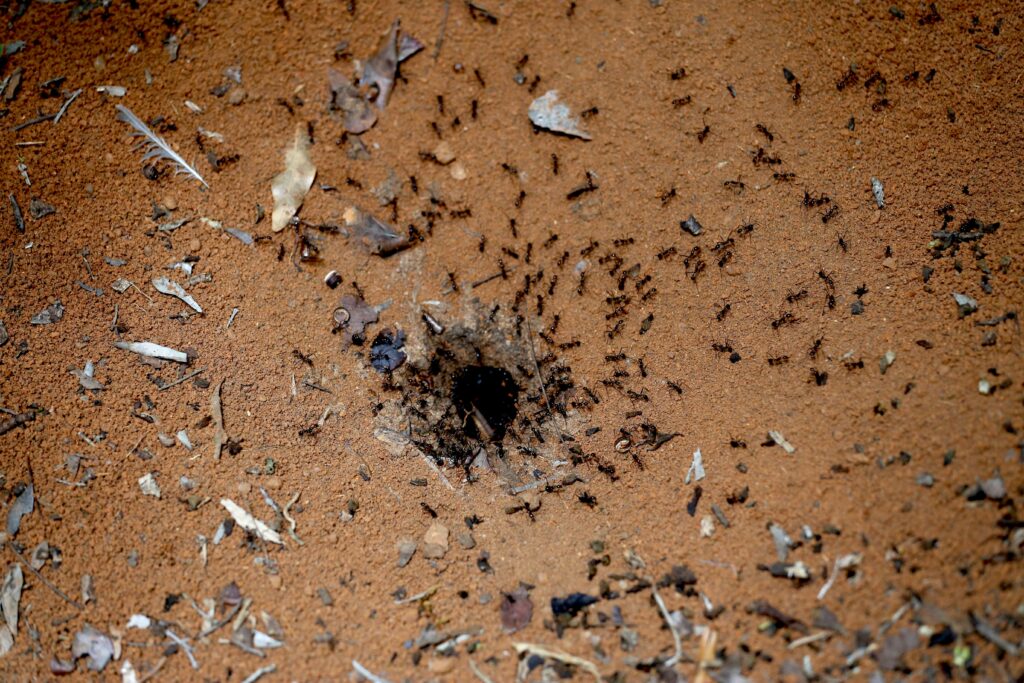
Detecting and measuring the magnetic fields generated by insects presents significant scientific challenges due to their small size and relatively weak field strengths. Researchers employ specialized equipment such as superconducting quantum interference devices (SQUIDs), the most sensitive magnetic field detectors available, capable of measuring fields billions of times weaker than Earth’s magnetic field. Faraday cages and magnetically shielded rooms are often necessary to eliminate background magnetic noise that would otherwise overwhelm the insect-generated fields. Another approach involves magnetic resonance imaging techniques adapted for extremely small subjects, allowing visualization of magnetic particles within insect bodies. Scientists must also carefully control for the insect’s movement and electrical activity, which can create confounding signals that might be mistaken for magnetic field generation.
Biomimetic Applications: Learning from Magnetic Insects

The magnetic capabilities of insects have inspired numerous biomimetic technologies with applications across various fields. Engineers have developed tiny navigational systems for microrobots based on the magnetic sensing mechanisms of ants and bees, creating devices that can work without GPS or external power sources. Medical researchers are exploring insect-inspired magnetic nanoparticles for targeted drug delivery, using principles derived from how magnetotactic bacteria precisely control magnetic crystal formation. Environmental scientists have created sensors based on insect magnetic sensitivity to detect subtle changes in Earth’s magnetic field that might precede earthquakes or other geological events. Perhaps most innovatively, computer scientists are investigating how the distributed magnetic sensing of insect colonies might inspire new approaches to swarm intelligence algorithms and decentralized computing systems.
Future Research Directions in Insect Biomagnetism
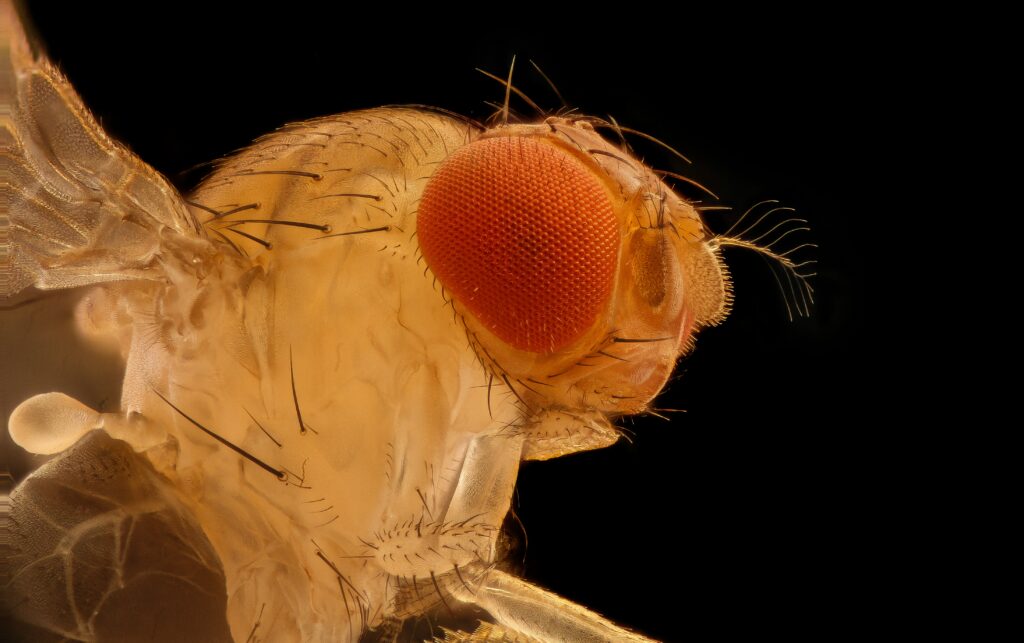
The field of insect biomagnetism remains ripe for discovery, with numerous unanswered questions driving future research. Scientists are particularly interested in identifying whether more insect species possess currently undetected magnetic capabilities and determining how environmental stressors like electromagnetic pollution from human technology might affect these sensitive systems. Advances in quantum biology may help researchers better understand the cryptochrome pathway of magnetoreception, potentially revealing new physical mechanisms by which biological systems interact with magnetic fields. Developmental biologists are investigating how magnetic structures form during insect metamorphosis, which could provide insights into novel methods for creating magnetic nanomaterials. As research techniques improve, particularly in real-time imaging of magnetic fields in living organisms, we stand to gain deeper understanding of these remarkable adaptations and their potential applications.
Conclusion
The ability of certain insects to detect and generate magnetic fields represents one of nature’s most sophisticated sensory adaptations. From the navigational precision of migratory butterflies to the architectural alignment of termite mounds, magnetic sensing plays crucial roles in insect survival and behavior. The multiple mechanisms through which insects interact with magnetic fields—whether through magnetite particles, cryptochrome proteins, or other pathways still being discovered—showcase the diverse evolutionary solutions to environmental challenges. As research continues to unravel these mysteries, insect biomagnetism not only enhances our understanding of these remarkable creatures but also inspires biomimetic technologies with far-reaching applications. The tiny magnetic compasses and generators carried by insects remind us that even the smallest organisms can teach us profound lessons about the fundamental forces that shape our world.

